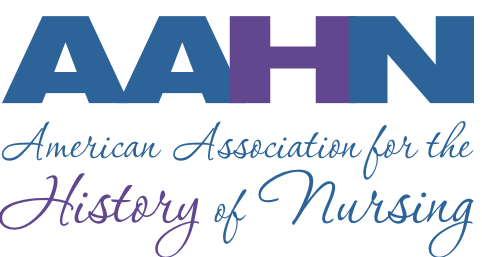- Home
- About AAHN
- Membership
- Research & Resources
- Publications
- Conference
- Members Only
- Contact Us
President's Message June 2021June 2021 looks a lot differently than June 2020 in many parts of the world. In some places, it is better. In some, it is worse. In the United States, we currently have between 50-60% of the population vaccinated, while around 30% have varying degrees of resistance to getting a shot. The vaccine is free, more readily available than ever, and has been shown to reduce the incidence of severe cases and death from COVID 19. Yet, for some Americans, it takes a chance to win a million dollars or free college tuition to make it seem worthwhile. I doubt free beer was offered to entice Americans in the past to take the smallpox vaccine or become inoculated against polio, but people are different now. It seems we are a nation of “me-first” instead of “community-first” folks if you believe the news reports. And some are holding out for the best deal before they’ll consent to get the vaccine. I’m sure if we could tell this story to families in the 1950s who were eagerly awaiting a vaccine to combat polio, this would be inconceivable. While some may be waiting for a prize, like a fishing license for life or another reward, there are areas in the United States, as well as around the world, where people are desperately waiting for help to come. This disease disproportionately affects minorities, the elderly, those living in rural areas, and the underprivileged. While scientists were praised for developing highly effective vaccines in a relatively short time that protect against the disease, COVID exposed the cracks in our health care system, especially in our public health infrastructure. We are paying the price for decades of neglect where public health nurses have been overworked, underutilized, and underpaid. Meanwhile, in the rest of the world, many countries lack access to the vaccine and have more fragile health care systems where a lack of hospital beds and oxygen increases the suffering. Their citizens are waiting for help from countries like the U.S., where we can’t give it away. As historians, nurses, and people who love history, we know how nurses have responded to epidemics in the past. Photos of nurses wearing masks during the 1918 Flu epidemic are common. Photos of public health nurses making calls to migrant families in California, who fled the Dust Bowl while living in make-shift houses, are etched in our memories. And in time, we will look back and remember photos of nurses wearing trash bags due to lack of PPE, magazine covers that capture their exhaustion, and stories of nurses struggling to facilitate communication using Zoom and iPads with patients and their families one last time before they lose the ability to speak. In twenty or thirty years, what will historians say about this era? I hope they use a critical lens, leave the rose-colored glasses in the desk, and provide a narrative that captures how a virus exposed the best and worst of us. My hope is that history will record that we made necessary changes to identify and eliminate health care disparities, to improve our public health infrastructure, and to focus our collective will to work with countries throughout the world to be ready for the next pandemic. And I hope they refrain from calling nurses and any other health care provider, “health care heroes”. While life seems to be getting back to a semblance of normal for some, we are not in normal times yet. For those who are still unvaccinated, and some for good reason, these are still dangerous times. At AAHN, we are planning a virtual conference this year because it is the right thing to do. We will still have a conference in September and are working hard to make it the best ever! More details will be coming soon and I hope you will make plans to attend from your living room, office or anywhere you are most comfortable. Stay safe, get the vaccine if you have not and can safely do so, and let us hear from you! All the best, Melissa |
